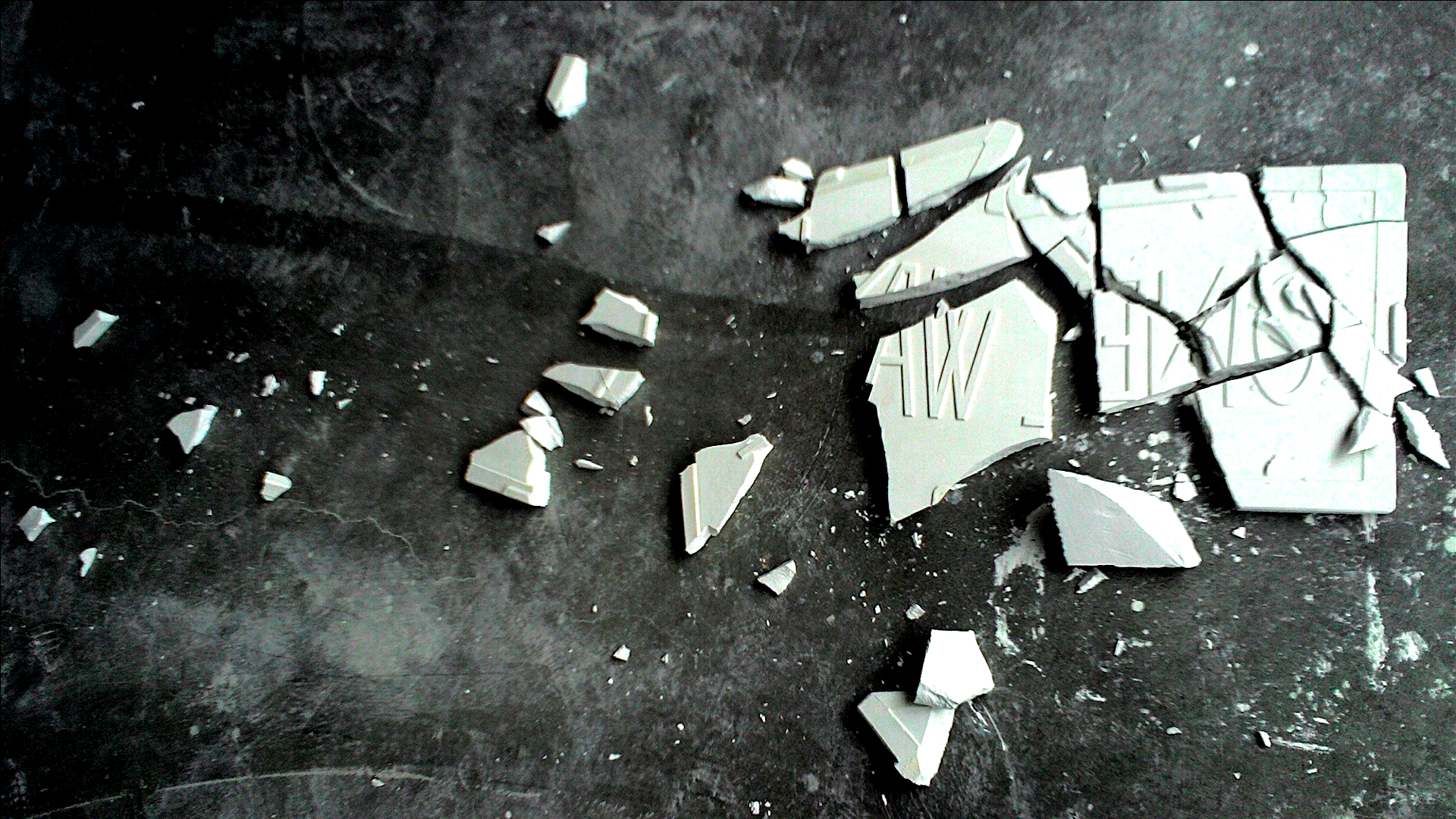Bio
Was Born in 1974.
He studied ceramics between Milan and Faenza.
He is an eclectic spirit, an experimenter,moving between sculpture and installation art, obsessed by detail.
In constant search of perfection, through the reproduction and reassemblageof symbology that permeates every day life, he explores the ephemeral,the relashionship/ interaction between mankind-environment focusing attention mainly on those paradoxical and contradictory aspects that it characterizes.
The mimicking ability of ceramic highlights the illusion of reality, moving between the precarious confines of right and wrong, good and bad, life and death.
His work has been exhibited in different European countries, Taiwan, Cina and It is part of pubblic and private collections.
Currently lives and work in Faenza.
Have Fun!!
di Daniela Lotta
The works of abdon zani seem want to affirm ceramics is “inhabited” by the fascination of commodities, attracted by the seductive sparkle of objects and the visual grammar of the imaginary media. His research is aimed at exploring how this archaic material can very well compete with the most advanced materials of industrial origin, such as polymers, resins, synthetic enamels, particularly suitable to provide exact copies of anything. Likewise, by virtue of its “weak”qualities, the ceramics is able to assume different formal registers and its skin is available to accommodate inexhaustible colors and decorations. It is precisely because of this ductile nature of his that ceramics is increasingly a language present in contemporary creative research in art as in design. In the artistic practice the ceramics has continuously changed identity, adhering from time to time to a multitude of different approaches passing from the open and biomorphic forms, tied that is to the sphere of the organic phenomena and the gestural-vitalistic intervention, to those closed, defined in the contours, bound to the patterns of a rigorous minimalism or, again, arriving to the alienating effect of a hyper-realistic figuration aimed at simulating with lenticular fidelity any existing texture. And it is to this last option that Abdon Zani is interested, to the incongruous combination between form and content, between the impeccable ceramics technical execution and the prosaicity of the aesthetics of the consumable. Through the plastic language of ceramics, the artist intersects everyday domestic objects with the iconography of weapons, he appropriates immediately recognizable symbol-objects by faithfully replicating them and then lowering them into new contexts that stimulate ambivalent reactions in the observer. The feeling of familiarity that runs through his work active, not without irony, a reflection on complex issues linked to the fears of contemporary society. Have a Fun! After all, it is a cheerful picnic basket overflowing with greedy visual offers that at a later glance manages to communicate the paradoxes and contradictions of our time. A demystifying tension that emerges from the lightness: cracks in the custom of everyday life that provide to those who look at epiphanies of meaning. In the work of Abdon Zani the attraction to exploration objects of domestic everyday life with the iconography of the figural and expressive potentialities of ceramics produces a latent narrative that it is up to us to interpret. Once the attention is caught, concepts such as repetition, seriality, anonymity, the fascination exerted on modern society by weapons, emerge and invite each of us to draw on our own the conclusions that we consider similar. In Ready, Aim, Fire!! (2013) , and in other works of this kind with the most Poptical imprint, the wall installation is composed of countless rifle barrels that stare at the spectator with obtuse insistence. Sculptural installations like Oops! and Surplus (both of 2011) instead address the problem of overproduction by declaring that there is no difference between a human being and the waste of mass consumption, and therefore replicas of body parts and residues of urban consumption should be treated in the same way: anaesthetising the whole with a coat of white. Explore the relationship between the original and the copy Sorry It Is The Last One (2013) and Egg Tree (2012), that addressing the social and political actuality trigger a stratification of meanings drawing from collective anxieties.
Curriculum vitae
Curriculum vitae with biography, exhibitions,collection, awards.

